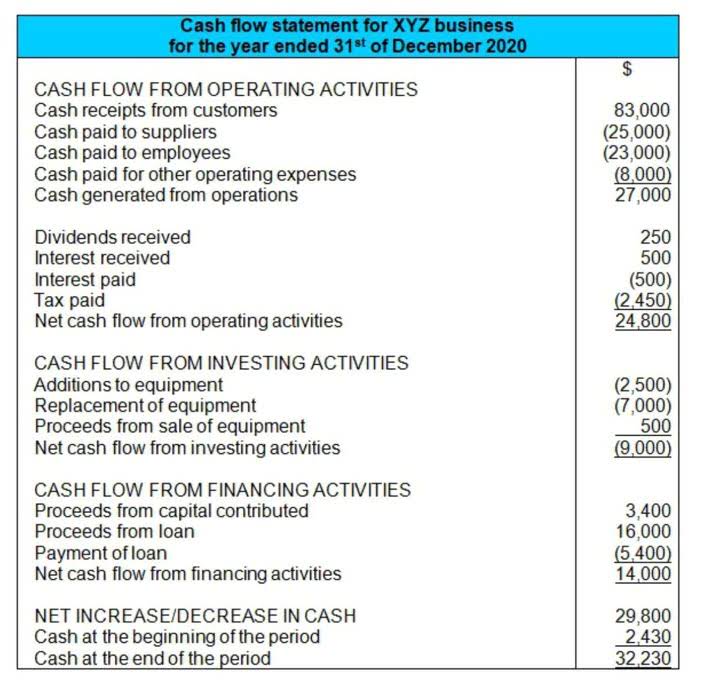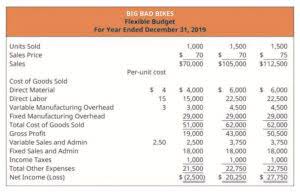For example, listed U.S. auto dealers turned over their inventory every 55 days on average in 2021, compared with every 23 days for publicly traded food store chains. We can use our understanding of average inventory and net sales to find these values with the information provided. https://simple-accounting.org/ For the average inventory, we’ll add the beginning inventory ($1,700) and the ending inventory ($300). ABC Company Limited is a small dealer in foods and beverages, based in Pakistan. The company had $1,700 and $300 at the beginning and closing inventories respectively.
Sales in many companies are seasonal, and therefore this fluctuation justifies needing the average of inventories across the whole year. A low inventory to sales ratio means that the sales are high and inventory is low, which indicates excellent performance for the business. In other words, a low inventory to sales ratio means that the business can quickly clear its inventories by way of sales. This shows efficiency in the operation of the company hence leading to high chances of making a profit.
On the other hand, days Sales of Inventory (DSI) indicates the average time in days that a company’s inventory is held before being sold. These indicators provide a comprehensive view of inventory efficiency alongside the inventory-to-sales ratio. The inventory-to-sales ratio is a key metric for businesses, indicating how well a company manages its inventory. If the ratio is too high, it may indicate that the company is carrying too much stock and not selling it quickly enough.
- In the fiscal year 2018, ABC Company Limited reported sales worth $4,250 and customers’ returns of goods worth $250.
- In other words, a low inventory to sales ratio means that the business can quickly clear its inventories by way of sales.
- Still, the most important one is probably the number of times that inventory is sold.
- It is one of the efficiency ratios measuring how effectively a company uses its assets.
- It is an important indicator for businesses, especially in the retail or manufacturing sectors, because it provides insights into inventory management, sales efficiency, and overall business performance.
- A well-designed supply chain dashboard consolidates crucial data from various sources and presents it in an easily digestible format.
She has more than a decade of experience in content development and marketing. Find industry-standard metric definitions and choose from hundreds of pre-built metrics. Deliver a metric catalog with straightforward metric-centric analytics to your business users.
Role of Information Technology in Inventory Management
Every growing ecommerce brand needs to be tracking inventory management KPIs, like inventory to sales ratio, inventory turnover, and inventory days on hand. A fulfillment partner can serve as an invaluable partner in tracking and optimizing supply chain KPIs to grow business. While brands don’t want to pay for excess storage, brands also don’t want face insufficient inventory and miss out on sales. The inventory to sales ratio is best tracked over a long period of time (ideally, several years), which allows brands to gain insights and optimize stock levels, adjust sales models, and achieve sales growth.
Federal Reserve Economic Data: Your trusted data source since 1991
Most companies rely on basic formulas like those above, where a few simple equations determine your entire forecast. But a higher number could still be a healthy benchmark if you’re scaling rapidly. It all depends on your industry, rate of growth, and any number of other variables. For every $1 sold, Kalë needed only 12.5 cents invested in inventory, which is half of what Pyllow needed and just one-fourth of what Drybl needed. Allison Champion leads marketing communication at Flowspace, where she works to develop content that addresses the unique challenges facing modern brands in omnichannel eCommerce.
Achieving and maintaining the right inventory to sales ratio can be challenging, especially in a fast-paced, ever-changing global market, where sales and shipping times are constantly changing. The first part of calculating the inventory to sales ratio is to calculate the average stock value. Brands need to add their beginning inventory value and ending inventory value together, and then divide that sum by 2. Inventory turnover measures how often a company replaces inventory relative to its cost of sales.
Inventory to sales ratio for only one year alone cannot be used to determine when there is improvement or regression in the company’s performance. Unpredictable changes in the demand of a product can make the inventory last longer, forcing the firm to incur an extra storage and maintenance cost which will end up eating into the firm’s profit. Inventory to sales is an efficiency ratio that is used to determine the rate at which the company is liquidating its inventory. Put simply, the inventory to sales ratio measures the amount of inventory the company is carrying compared to the number of sales that are being made. Wholesale companies typically deal with higher volumes of inventory than retail businesses.
Wellness Center Inventory Financing
A lower ratio indicates that a company is effectively converting inventory into sales, while a higher ratio suggests excess stock or potential issues with product demand. The speed with which a company can turn over inventory is a critical measure of business performance. Retailers that turn inventory into sales faster tend to outperform comparable competitors. The longer an inventory item remains in stock, the higher its holding cost, and the lower the likelihood that customers will return to shop. This would indicate that the business has sold most of its stock and that they have a reasonably quick turnover. This ratio is crucial for making intelligent inventory management decisions in a company.
Inventory turnover measures how efficiently a company uses its inventory by dividing its cost of sales, or cost of goods sold (COGS), by the average value of its inventory for the same period. Calculating this ratio involves comparing the cost of inventory a company holds against its sales over a certain period. A low inventory-to-sales ratio may suggest that a company is efficiently turning over its inventory, or it might indicate inadequate inventory levels that could fail to meet customer demand. By following these tips, businesses can reduce their inventory to sales ratio and improve their profitability and efficiency.
Inventory to sales ratio is a useful metric for measuring a company’s efficiency in managing its inventory. It provides insight into how well a company is able to turn its inventory into sales, which can help identify potential issues such as overstocking or slow-moving items. By monitoring this ratio, businesses can make adjustments to their inventory management strategies to improve their financial performance and ensure that they are not carrying excess inventory. Companies that effectively balance capital and inventory manage to tie up the least amount of capital in inventory without sacrificing their ability to meet customer demand. Capital tied up in excess inventory restricts a company’s agility and can result in lost opportunities elsewhere.
Inaccurate forecasting can lead to understocking or overstocking, illustrating why sophisticated forecasting tools are now essential for modern inventory management. Maintaining optimal inventory levels is crucial to operational efficiency in managing a supply chain. Inventory to Sales Ratio is a crucial financial metric indicating the relationship between a company’s inventory and sales volume. It sheds light on the efficiency of inventory management and plays a significant role in assessing performance against industry benchmarks. Inventory to sales ratio is a measure of how much stock a company has compared to how much it sells.
These key performance indicators (KPIs) and financial metrics are crucial for gauging profitability and optimizing the flow of goods. Inventory to Sales Ratio illustrates how well a business manages its inventory and the demand for its products. The ratio indicates whether a company may be overstocking inventory or, conversely, if it could be at risk of stockouts. A balanced ratio suggests a company has enough inventory to meet demand without bearing excessive inventory costs. The inventory-to-sales ratio measures a business’s operational efficiency in inventory management. It indicates how well a company is managing its inventory in relation to the sales it is making, revealing the balance between supply and demand.
Kickfurther puts you in control of your business while delivering the costliest asset for most brands. By funding your largest expense (inventory), you can free up existing capital to grow your business wherever you need it – product development, advertising, adding headcount, etc. Kickfurther funds up to 100% of your inventory costs on flexible payment terms that you customize and control. With Kickfurther, you can fund your entire order(s) each time you need more inventory and put your existing capital to work growing your business without adding debt or giving up equity. A good inventory to sales ratio in e-commerce is typically between 0.167 and 0.25.
The cost of goods sold is the cost of the inventory that a company has sold during a period of time. The total sales is the total revenue that a company has generated during a period of time. By understanding how to calculate inventory to sales ratio and by taking steps to reduce their inventory to sales ratio, businesses can improve their profitability and efficiency. In some cases, you may want to reevaluate your inventory levels and product mix.
In evaluating their inventory effectiveness, businesses must consider industry benchmarks to understand how their inventory-to-sales ratio compares with competitors. These benchmarks can offer valuable insights into the efficacy of inventory management practices. They indicate the typical turnover a company within a specific industry may aim for. For instance, a higher ratio might suggest potential issues with overstocking, which could erode profit margin through increased storage costs or spoilage. The inventory to sales ratio is calculated by dividing the cost of goods sold by the total sales.







